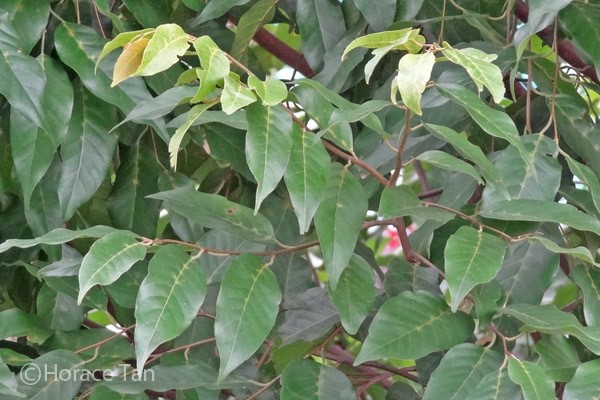|
Giam (Hopea)
|
 |
Description:
Vernacular names for the heavy timbers of Hopea spp. (Dipterocarpaceae) applied include giam (Peninsular Malaysia) with various epithets, selangan (Sabah and Sarawak). Major species include H. ferrea, H. helferi, H. nutans, H. pentanervia and H. semicuneata. The sapwood is yellow and is poorly defined from the heartwood, which is yellow with a greenish tinge when fresh and turns deep red-brown on exposure. Also known as Koki:r (Cambodia); Balau (Indonesia); Hin, Mai khaen fay and Mai la en (Laos); Thingyan (Myanmar); Heavy hopea (Papua New Guinea); Saplungan and Yakal (Philippines); Krabok-krang, Lao Tao, Takian Hin, Takian-Nu and Takian-rak (Thailand); and Sao xanh (Vietnam).